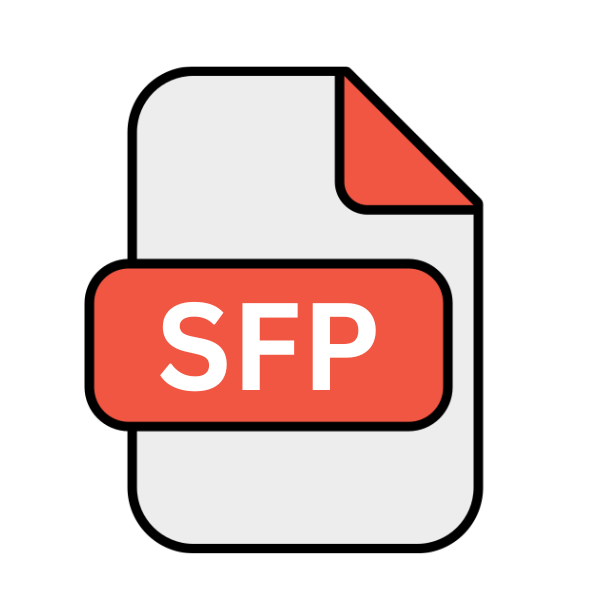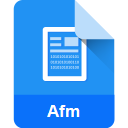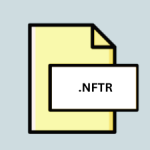.SFP File Extension

Soft Font Printer File
| Developer | N/A |
| Popularity | |
| Category | Font Files |
| Format | .SFP |
| Cross Platform | Update Soon |
What is an SFP file?
The .SFP extension stands out as a crucial component in the domain of printing. Short for Soft Font Printer File, .SFP files play a pivotal role in rendering fonts for printing devices.
This article delves into the origins, history, structure, technical specifications, advantages, disadvantages, and methods of opening and converting .SFP files across various platforms.
More Information.
.SFP files were initially conceived to facilitate the transfer of font information from computers to printers. They provided a means to embed custom fonts within documents, ensuring consistency in typography across different platforms and printing devices.
The introduction of .SFP files marked a significant milestone in the history of printing, streamlining font management processes and enhancing printing capabilities.
Origin Of This File.
The genesis of .SFP files can be traced back to the evolution of printing technology. As digital fonts became ubiquitous, the need arose for a standardized method of transmitting font data to printing devices.
Thus, .SFP files emerged as a solution to this necessity, serving as a vessel for storing soft font data.
File Structure Technical Specification.
At its core, a .SFP file comprises a structured format designed to encapsulate font data. Typically, it includes metadata such as font name, style, size, and glyph mappings, along with the actual font glyphs encoded in a specific format.
The technical specifications of .SFP files may vary depending on the printer model and manufacturer, but they generally adhere to industry standards to ensure compatibility across platforms.
How to Convert the File?
Converting .SFP (Soft Font Printer) files to other formats can be essential for ensuring compatibility with various software applications and printing devices. Here’s a general guide on how to convert .SFP files:
- Font Conversion Tools: Utilize specialized font conversion software like FontForge or TransType to convert .SFP files to popular formats such as TrueType or OpenType.
- Online Conversion Services: Explore online tools like OnlineFontConverter.com for quick and hassle-free conversion of .SFP files to desired formats, accessible from any internet-connected device.
- Printer Manufacturer Software: Leverage proprietary software provided by printer manufacturers to convert .SFP files, ensuring compatibility with specific printer models and optimizing printing performance.
- Command Line Conversion (Advanced): For advanced users comfortable with command-line interfaces, command-line tools like FontForge offer efficient conversion of .SFP files with precise control over conversion parameters.
- File Integrity: Prioritize reputable conversion methods to maintain the integrity and quality of converted font files, minimizing potential issues with font rendering and compatibility.
- Output Format Selection: Choose the output format carefully based on intended usage and compatibility requirements, considering factors such as platform support and font features.
- Testing and Verification: After conversion, thoroughly test the converted font files in relevant applications and printing environments to ensure accurate rendering and optimal performance.
Advantages And Disadvantages.
Advantage:
- Portability: .SFP files offer portability, enabling seamless font transfer between different systems and printing devices.
- Customization: Users can create and embed custom fonts in .SFP files, allowing for personalized typography in printed documents.
- Efficiency: By storing font data separately from documents, .SFP files optimize printing processes and reduce file size, enhancing overall efficiency.
Disadvantage:
- Compatibility Issues: Some printers may not support .SFP files may require specific configurations, leading to compatibility issues.
- Limited Scalability: .SFP files are primarily suited for individual fonts and may not scale well for large font libraries or complex typographic layouts.
- Dependency on Printer Drivers: Successful rendering of .SFP files hinge on the availability and compatibility of printer drivers, which could pose challenges in certain environments.
How to Open SFP?
Open In Windows
- Using Font Conversion Software: Several third-party tools are available for converting .SFP files to common font formats like TrueType or OpenType, which can be opened in Windows using standard font management utilities.
- Printer Software: Some printer manufacturers provide proprietary software that supports .SFP file conversion within the Windows environment, offering a seamless transition from soft fonts to printable formats.
Open In Linux
- Command Line Conversion: Linux users can leverage command-line utilities like FontForge to convert .SFP files to compatible font formats, such as Type 1 or TrueType.
- Open Source Tools: Community-developed tools and scripts may offer alternative methods for converting .SFP files on Linux systems, catering to diverse user needs and preferences.
Open In MAC
- Font Book Application: macOS users can utilize the built-in Font Book application to manage and convert .SFP files to supported font formats, ensuring compatibility with Mac-based printing workflows.
- Automator Workflows: Advanced users may create custom Automator workflows or scripts to automate the conversion process for .SFP files on macOS, streamlining font management tasks.
Open In Android
- Third-Party Apps: Android users can explore third-party font management apps available on the Google Play Store, which may offer functionality for converting .SFP files to compatible formats for mobile printing purposes.
- Cloud-Based Conversion Services: Online conversion services accessible through mobile web browsers can also facilitate the conversion of .SFP files on Android devices, providing a convenient solution for on-the-go font management.
Open In IOS
- App Store Solutions: iOS users can search the App Store for dedicated font management apps equipped with .SFP file conversion capabilities, enabling seamless integration with iOS printing workflows.
- Cloud Integration: Leveraging cloud storage services with iOS-compatible file conversion features allows users to convert .SFP files on iOS devices while maintaining interoperability with other platforms and devices.
Open in Others
- Cross-Platform Tools: Cross-platform font conversion tools and online services offer flexibility for opening .SFP files on a wide range of operating systems and devices, catering to diverse user preferences and requirements.
- Virtualization: In scenarios where native support for .SFP files are limited, virtualization software or cloud-based desktop solutions may provide an alternative approach for accessing and converting .SFP files across different environments.













